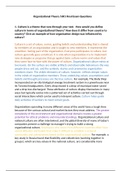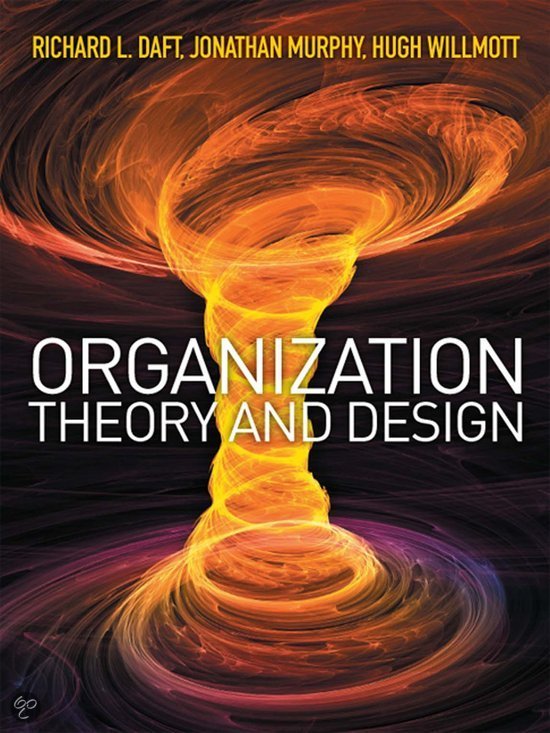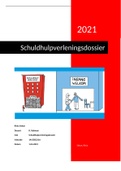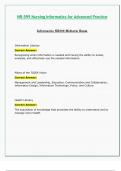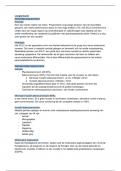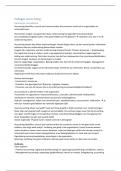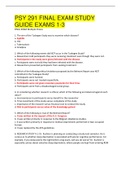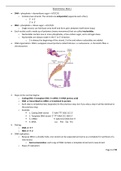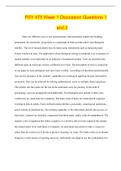Exam (elaborations)
BUSI 5301: Organizational Theory Final Exam Questions and Answers
- Institution
- Memorial University Of Newfoundland (MUNSU )
In-depth answers to final exam questions (Ch 7-12) designed to help efficient study process for both mid-term and final examinations. These answers are based off of both the required text and in-class lectures. Grade achieved in this course: 82
[Show more]
